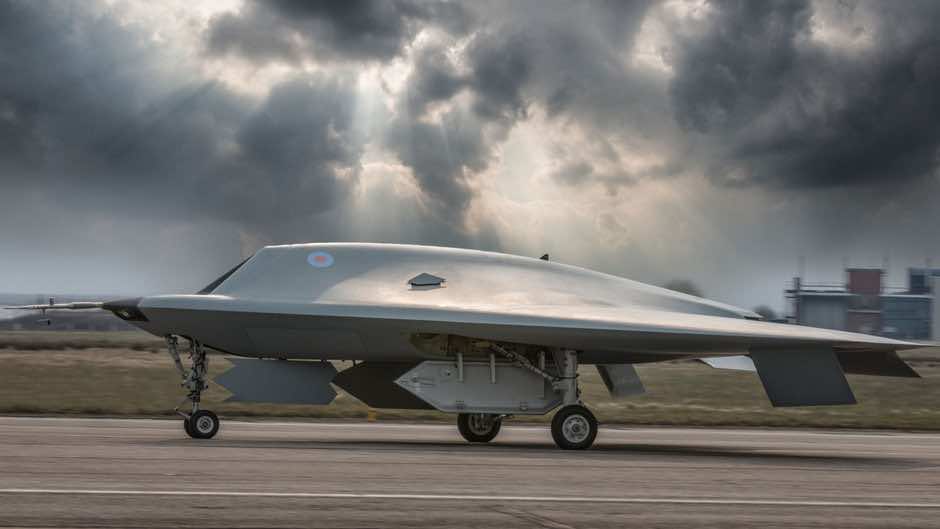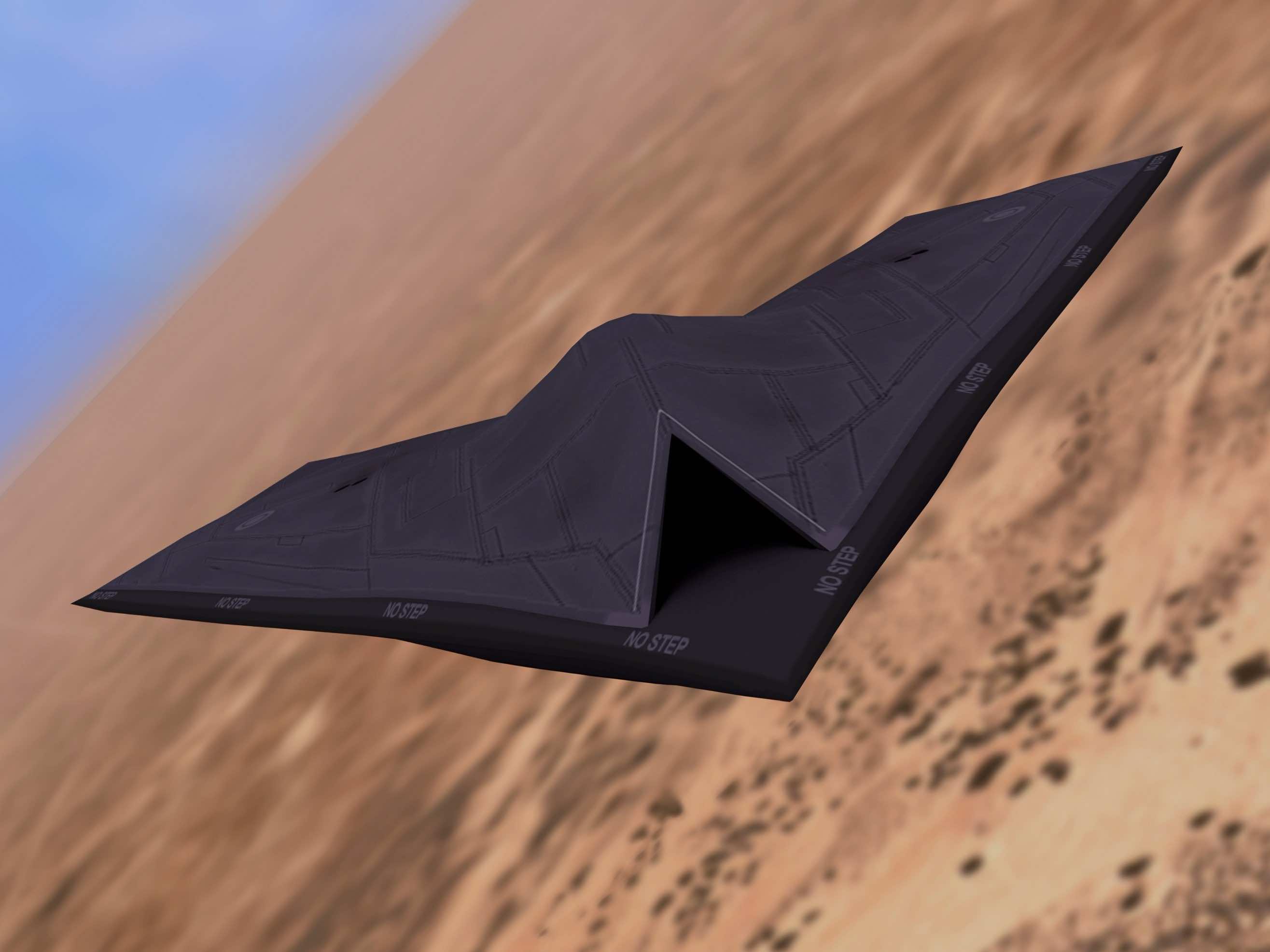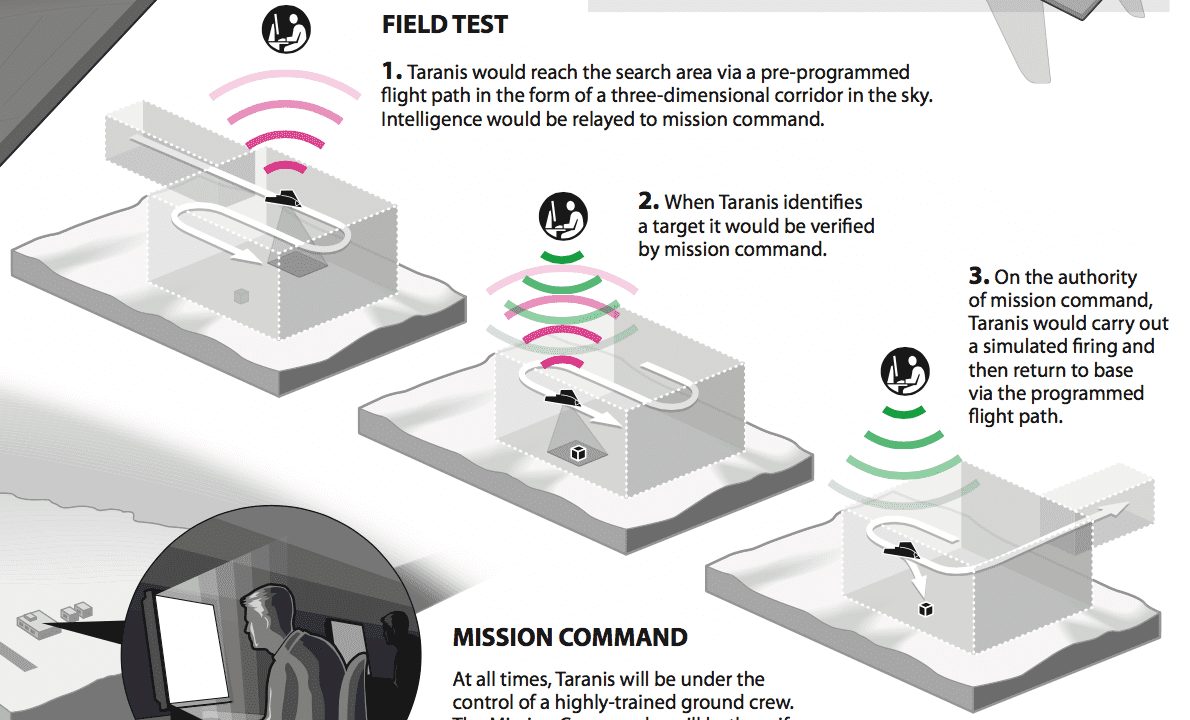When it comes to stealth technology, only the Americans can boast of having such planes in their arsenal with the F-22 Raptor, B-2 bomber, F-117 and F-35 JSF all having stealth capabilities of varying levels. Although the Americans have made both fighter and bomber stealth aircraft and have gone public with it, their stealth based drone technology hasn’t seen much spotlight due to the sensitivity of the operations in which they are being used. Britain’s stealth drone program is also shrouded in mystery with the name Taranis, the only publicly known stealth drone of the Royal Air Force.
Capable of cruising at a supersonic speed of 700 mph, the new drone was named after the Celtic God of Thunder and is virtually impossible to detect with current RADAR technologies. It is one of the most advanced aircraft every built on European soil and certainly the most advanced the most advanced flying machine for the historic Royal Air Force. It is tough to get our hands on the specifications and designs of this amazing machine. But, from what we know, it isn’t in use in the Air Force’s operations at all. Instead, it is currently being used to test the new weapons so that no one gets a wind of their progress.
The Taranis can conduct surveillance missions, bomb targets, carry out interdiction strikes and even strike at distances. Its unparalleled stealth capability means that the only way the enemy will be able to track them is through sound. It is also rumored to have an autonomous flight system in place although there are nor confirmed reports. It is therefore generally accepted that the drone has some level of automation as well. It doesn’t look big in the pictures, but it is quite big with a 32-feet wingspan and a 39-feet length. It is larger than an average school bus, so that is something. It is also equipped with the ability to sense and destroy threats on its own after getting a mandatory go-ahead from the remote pilot. The trigger is never controlled automatically, and it is always in the hands of the pilot controlling the aircraft, therefore eliminating the possibility of Skynet controlling it!
Still, the researchers and tech leaders have signed a petition against the development of such weapons by the military. In a major move, 16,000 researchers and industry leaders including prominent Physicist Stephen Hawking, CEO Tesla and Space X-Elon Musk and Google director Peter Norvig have signed an open letter and sent to the UN. They claim that weapons like Taranis can be manipulated by the Artificial Intelligence of tomorrow and cause destruction of mankind.
Despite being signatories, the researchers have no power over the militaries of powerful countries, and they are in no mood to stop. The United States and the United Kingdom, in particular, plan to make most of their military planes semi-autonomous in the next twenty years, therefore increasing the risk of this Artificial Intervention from robots.





